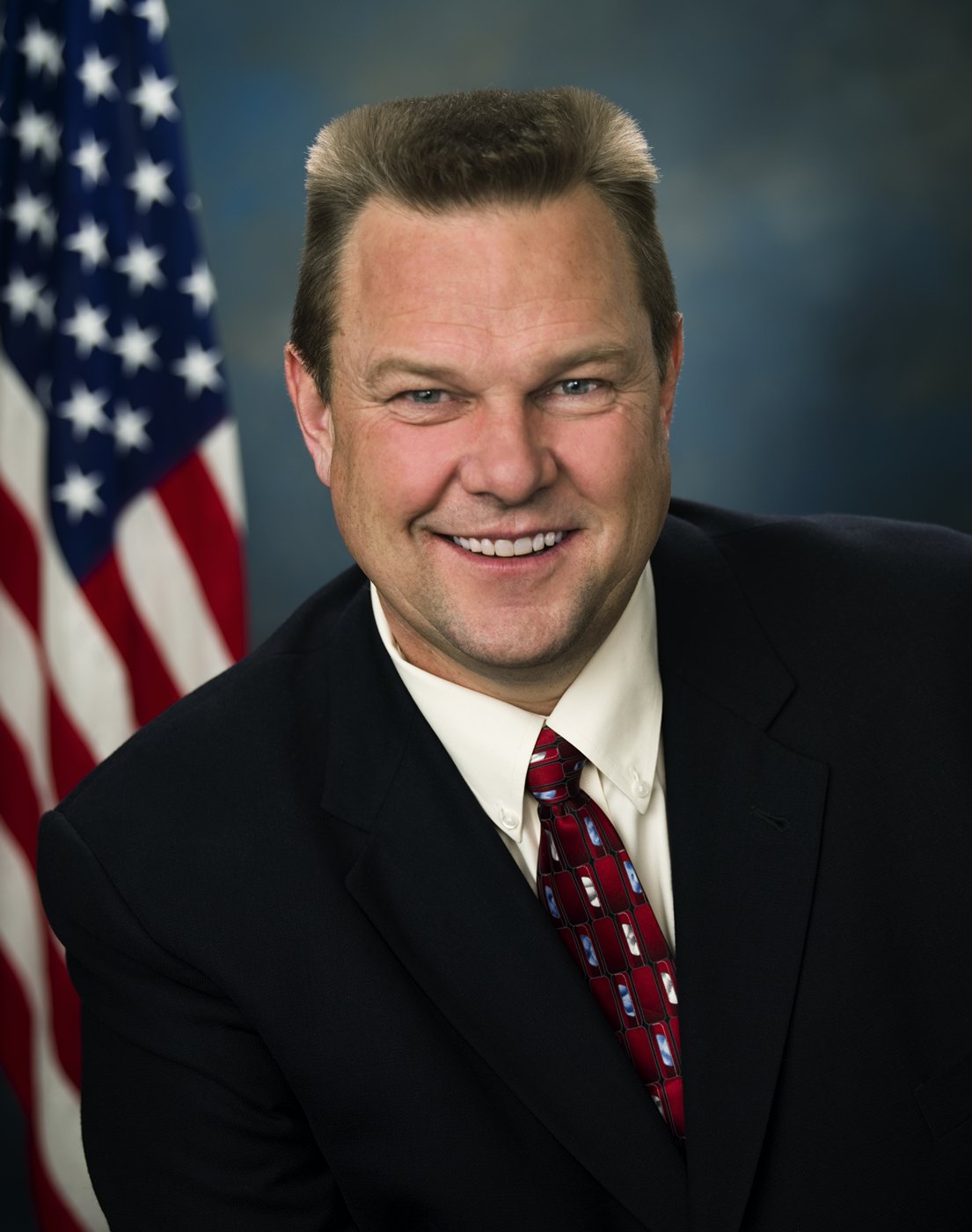
Vince Schilling, Indian Country Today Media Network
On June 18 the Senate voted unanimously (94-0) to approve a tribal amendment to the S.744 Immigration reform bill that will add four tribal government officials to the Border Oversight Task Force that was established originally in the bill.
This amendment was offered by Sen. Jon Tester (D-MT) and cosponsored by senators Lisa Murkowski (R-AK), Mark Begich (D-AK), Patty Murray (D-WA), Mike Crapo (R-Idaho), and Martin Heinrich (D-NM).
The Department of Homeland Security (DHS) Border Task Force established in S. 744 which included representatives from local government and law enforcement, civil rights groups, business, private land owners and the Border Patrol, will now have input from tribal representatives from the Northern and Southern regions.
When introduced for a vote on the Senate floor, Sen. Tester lauded the potential contributions of tribal representatives toward the security of our countries borders.
“This amendment will include tribal representatives from the DHS Border Task Force. In this country, within 100 miles of the border we have 13 Indian reservations, some of them right on the border. If we really want to make sure our borders are secure on the North and the South, Indians need to be part of this conversation, our Native American friends.
“They have a unique government-to-government status and their input is critically important this amendment will not cost anything, it has bipartisan support and it will add to tribal representatives, two in the north and two in the southern region,” Tester said.
According to information provided to Indian Country Today Media Network by Tester’s administrators, the amendment would improve border security by improving coordination and communication between DHS and border tribes and by including tribal leaders on the DHS Oversight Task Force responsible for solving problems related to border security.
They also added that, “Indian lands are often desolate and remote, tribal law enforcement resources are spread thin; and communication is poor. In recent years, Indian Affairs Committee hearings revealed that a rising number of smugglers and illegal immigrants have taken advantage of these factors to travel – virtually unnoticed – into the U.S.”
In a recent report, GAO said, “… coordination challenges with tribes have affected the Border Patrol’s ability to patrol and monitor the border so as to prevent and detect illegal immigration and smuggling. Border Patrol officials … reported coordination challenges related to understanding and collaborating with tribes within tribal government rules. Specifically, officials … reported coordination challenges related to tribal government rules that hindered law enforcement in working together to secure the border.”
In a comment to ICTMN via e-mail, Tester voiced his thoughts as to the importance of an Indian voice in the DHS as well as expressing his appreciation for the unanimous support of the amendment.
“As we improve border security, we have a responsibility to make sure that those who live closest to the border have a voice in the process. With 13 Indian Reservations around the country within 100 miles of the border,” said Tester. “My common-sense amendment makes sure that American Indians have a seat at the table, and I’m pleased it passed with unanimous support.”
During today’s airing of the vote on c-span, ICTMN heard one unnamed Senator exclaim, “It’s a good day for Indians.”
Read more at https://indiancountrytodaymedianetwork.com/2013/06/19/senate-unanimously-approves-tribal-amendment-immigration-reform-149984



 Jeffrey Veregge, a Port Gamble S’Klallam tribal member, has been creating art for most of his life. A few years ago, after exploring different art techniques, Jeffrey decided to mix two art forms he admires most, Salish form line with comic book super heroes and Sci-Fi. “I took what I like of Salish form line design, the elements and the spirit of it and decided to mix it with what I do as an artist and put my own take on it,” said Jeffrey about his latest art pieces.
Jeffrey Veregge, a Port Gamble S’Klallam tribal member, has been creating art for most of his life. A few years ago, after exploring different art techniques, Jeffrey decided to mix two art forms he admires most, Salish form line with comic book super heroes and Sci-Fi. “I took what I like of Salish form line design, the elements and the spirit of it and decided to mix it with what I do as an artist and put my own take on it,” said Jeffrey about his latest art pieces.












